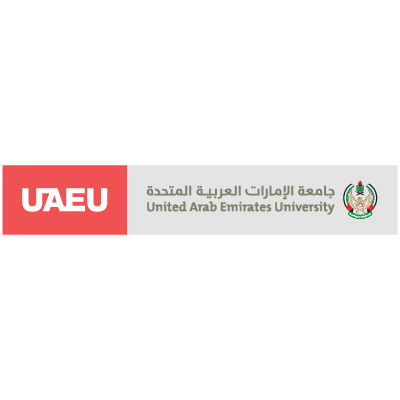Creating more sustainable cities with drone captured 3D thermal imaging at UAEU

Sponsored by

Sponsored by

At UAEU, innovative research is being conducted that monitors the thermal environment in buildings and pedestrian spaces to enhance sustainability
March 29 2023
The built environment creates a huge burden on the natural world, one that the higher education space is working hard to lessen. Khaula Abdulla Alkaabi, associate professor of geography and urban sustainability in the College of Humanities and Social Sciences at the United Arab Emirates University (UAEU), focuses her research on monitoring the thermal environment for buildings and pedestrian spaces with the aim of creating more sustainable cities.
“There is a growing demand for innovative solutions that combine advanced building materials and structural designs to provide personalised thermal comfort for indoor and outdoor activities while also conserving energy,” Alkaabi says. “However, due to the complexities associated with these designs and materials, analytical and numerical strategies for revealing real-world scenarios are limited.”
Alkaabi’s research aims to examine the feasibility of using drones in conjunction with thermal image analysis software, to monitor and classify heat rates based on building components surveyed across the UAEU campus. The thermal aerial images collected during this research reveal that natural shaded grass surfaces have the most tolerable heat environment, while unshaded sand surfaces have the most unfavourable thermal environment. This highlights the importance of building materials and structural designs in mitigating the effects of heat islands.
“This research is important because it provides a new and innovative way to monitor the thermal environment of buildings and pedestrian spaces in urban areas, which can aid in the promotion of sustainable city planning and the resolution of real-world problems,” Alkaabi says. “It has the potential to contribute to more sustainable and liveable cities in the future.”
Traditional methods of monitoring thermal environments, such as temperature sensors or handheld thermal cameras, have limitations in their scope and accuracy. By using drones to capture 3D thermal imaging data, Alkaabi’s research provides a more comprehensive and precise way of collecting data about the thermal environment of buildings and pedestrian spaces.
The research, which highlights more efficient and cost-effective alternatives to traditional methods of data collection, could only have been carried out with the support of multiple stakeholders – both inside and outside the university.
“Collaboration with other departments, government and industry can support the use of drone-captured 3D thermal imaging for monitoring the thermal environment of buildings and pedestrian spaces in several ways,” Alkaabi says. “Firstly, collaboration with government agencies can provide access to relevant data such as building and land-use regulations, energy consumption statistics and demographic information, which can inform sustainable urban planning.”
In addition, partnering with industry gives Alkaabi and her team access to specialised equipment, software and expertise. Collaboration with other departments, such as urban planning or environmental sustainability, ensures that the data collected from drone-captured 3D thermal imaging is integrated into the decision-making process for sustainable city planning.
Alkaabi’s research provides a pathway for future studies aiming to develop innovative solutions for creating sustainable urban environments that prioritise human comfort, energy efficiency and environmental sustainability.
“Future research on drone-captured 3D thermal imaging should focus on developing more sophisticated data analysis techniques, such as machine learning algorithms, to improve the accuracy and efficiency of data processing,” Alkaabi says. “There is also potential for the use of drones in other areas of urban planning, such as monitoring air and water quality, traffic flow and infrastructure maintenance. These applications can help to improve the quality of life for city residents while promoting sustainability at the same time.”
Find out more about the College of Humanities and Social Sciences at UAEU.